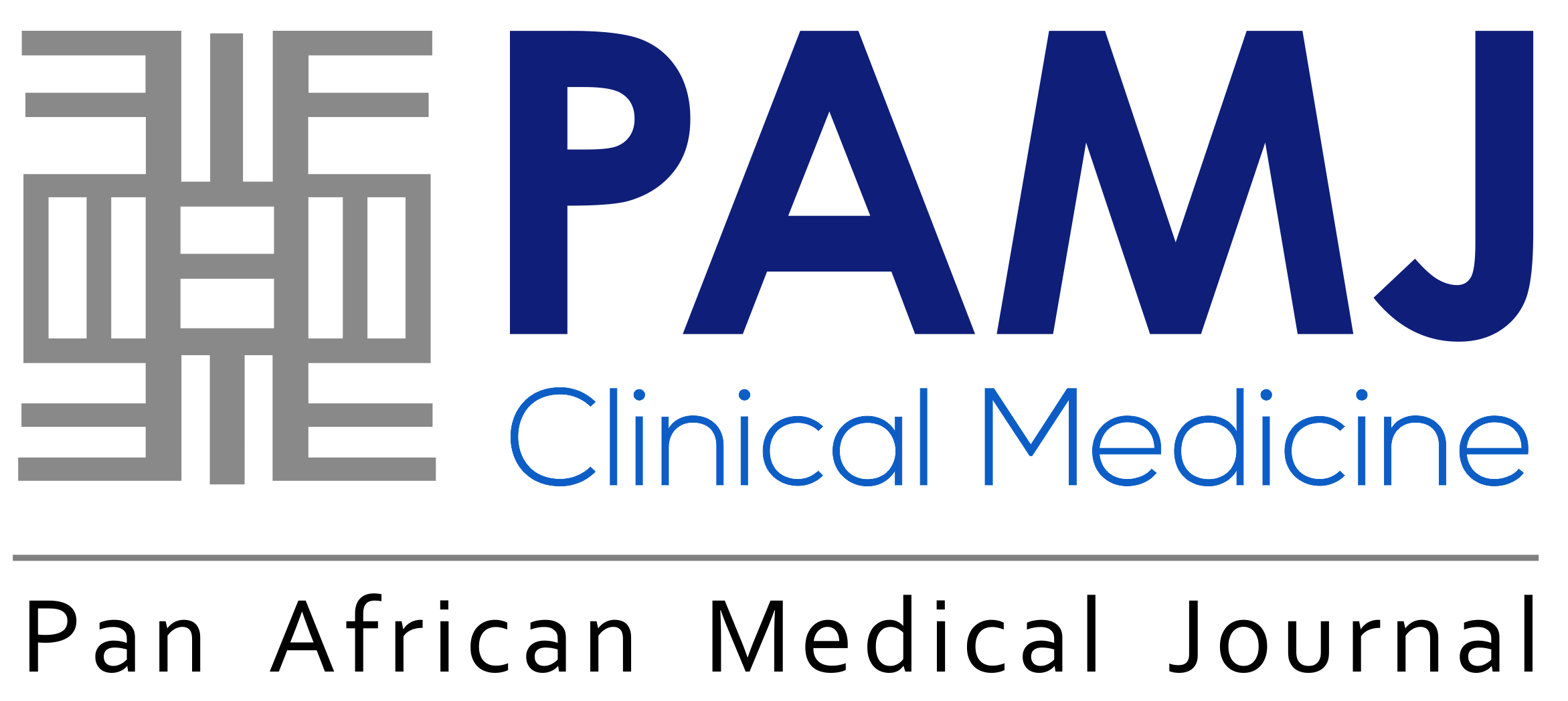Successful management of near-total penile amputation secondary to neglected hair tourniquet syndrome
Ahmed El Mouloua
PAMJ-CM. 2024; 14:30. Published 21 Mar 2024 | doi:10.11604/pamj-cm.2024.14.30.42474

Corresponding author
Ahmed El Mouloua, Pediatric Surgery Unit, Sidi Mohamed Ben Abdellah Hospital, Essaouira, Morocco (elmouloua.ahmed@gmail.com)
This image
| Articles published in PAMJ-CM are Open Access and distributed under the terms of the Creative Commons Attribution 4.0 International (CC BY 4.0). |  |

eISSN: 2707-2797
The PAMJ Clinical Medicine (ISSN: 2707-2797) is a subsidiary of the Pan African Medical Journal. The contents of this journal is intended exclusively for professionals in the medical, paramedical and public health and other health sectors.
Currently tracked by: DOAJ, AIM, Google Scholar, AJOL, EBSCO, Scopus, Embase, IC, HINARI, Global Health, PubMed Central, PubMed/Medline, ESCI
Physical address: Kenya: 3rd Floor, Park Suite Building, Parkland Road, Nairobi. PoBox 38583-00100, tel: +254 (0)20-520-4356 | Cameroon: Immeuble TechnoPark Essos, Yaounde, PoBox: 10020 Yaounde, tel: +237 (0)24-309-5880





